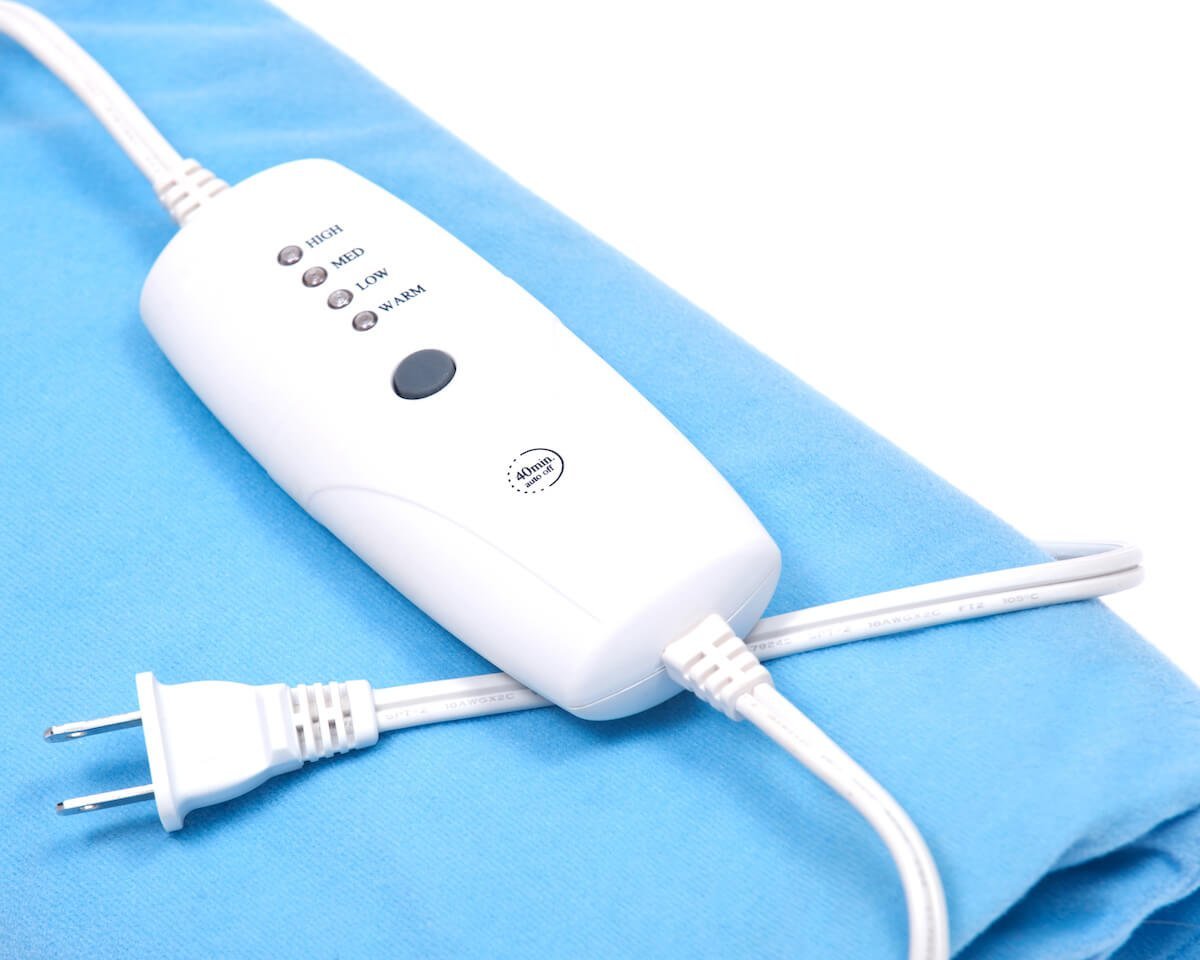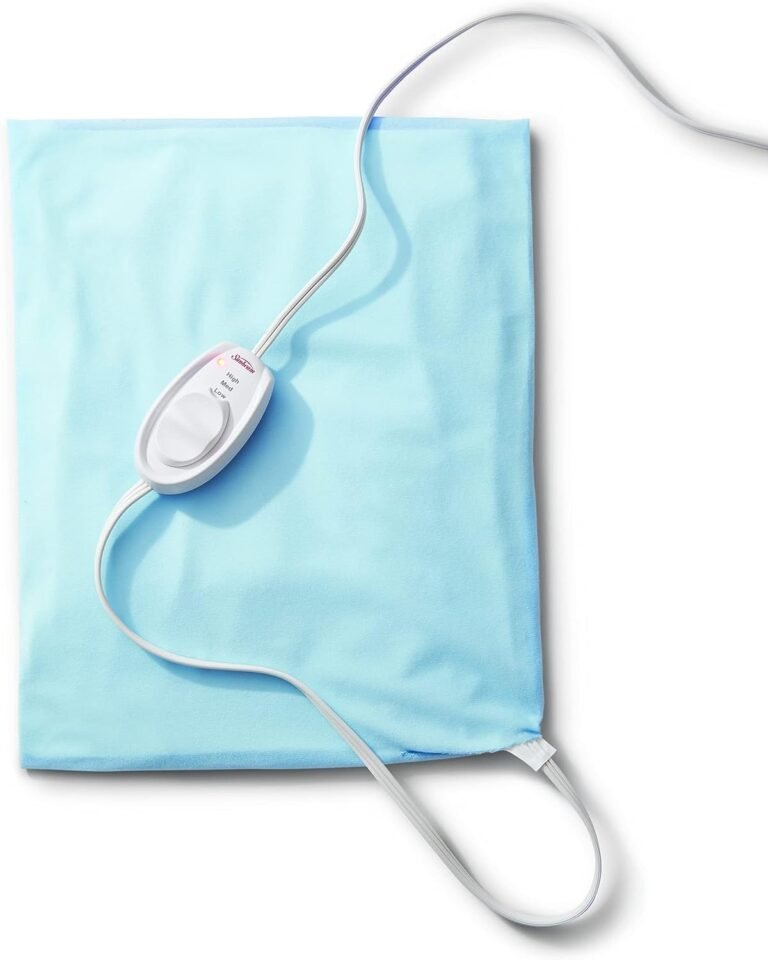Heating Pad Basics: A Complete Guide to Soothing Relief
If you deal with chronic pain, sore muscles, or just want to relax after a long day, a heating pad can provide effective relief and comfort you need read this article about Heating Pad Basics. With many types and features to consider, this guide will walk you through the key information you need to choose the right heating pad for your needs.
How Do Heating Pads Work?
Heating pads use different technologies to apply therapeutic dry or moist heat. Electric heating pads use internal wires and adjustable controls to heat up and distribute warmth across the pad’s surface. Microwaveable heating pads contain grains, beads, or gel that you heat up in the microwave before placing on your body. Chemical heating pads use a chemical reaction between ingredients to produce heat when activated.
Electric and microwaveable heating pads maintain a consistent temperature hands-free, while chemical pads slowly release heat over time. The method you choose will depend on your pain tolerance and desired duration of heat.
Key Features and Considerations
The right heating pad for you will depend on your intended use and the features you prioritize.
Temperature Settings: Pads with multiple heat settings allow you to customize the intensity of heat from low to high. This is ideal if you have sensitive skin or want to turn up the heat for short-term use. Single temperature pads provide a consistent heat that works well for long-term pain relief.
Auto Shut-Off: This is an important safety feature that will turn the heating pad off automatically after 1-3 hours of continuous use. This prevents the risk of overheating or fire hazard if you fall asleep with it on.
Moist vs. Dry Heat: Moist heating pads contain a water reservoir or steam option to provide moist warmth that some find more soothing than dry heat. However, dry heat pads tend to heat up more quickly.
Coverage Area: The size of the pad should align with the part of your body needing relief. Smaller pads work for localized pain, while larger pads cover areas like the back or stomach.
Care: Check if your pad is machine washable or needs hand washing only. This affects convenience and long-term durability.
Heating Pad Uses
From temporary strains to chronic conditions, heating pads can provide targeted relief:
Back Pain: Position an extra-large heating pad against your lower back to relax tight muscles. Use medium heat for 20-30 minutes.
Shoulder Tension: Place a medium-size pad across your shoulders and upper back to release tightness. Use high heat for 10-15 minutes.
Arthritis: Apply a small heating pad to swollen joints to increase circulation and loosen stiffness. Use low heat only for 15-20 minutes to avoid irritation.
Cramps/Muscle Sores: Rest a medium pad over sore muscles for quick relief. Use high heat for 10 minutes then switch to low.
Safety Tips
While generally safe when used properly, follow these precautions:
– Never leave a heating pad unattended or sleep with it on.
– Place a towel between your skin and the pad and don’t use pins.
– Read manufacturer instructions carefully.
– Monitor children and pet usage closely.
– Test heat setting on low first before increasing.
Heating pads provide simple, soothing comfort for all kinds of pain and tension. With an array of styles and features to choose from, you can find the perfect fit for whatever areas need relief. Just be sure to use them safely and responsibly.


